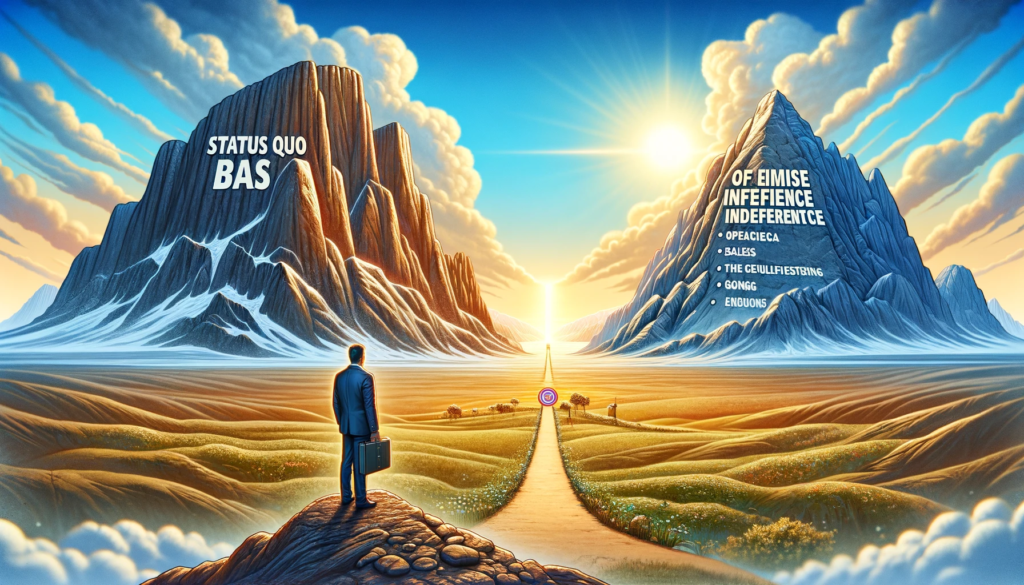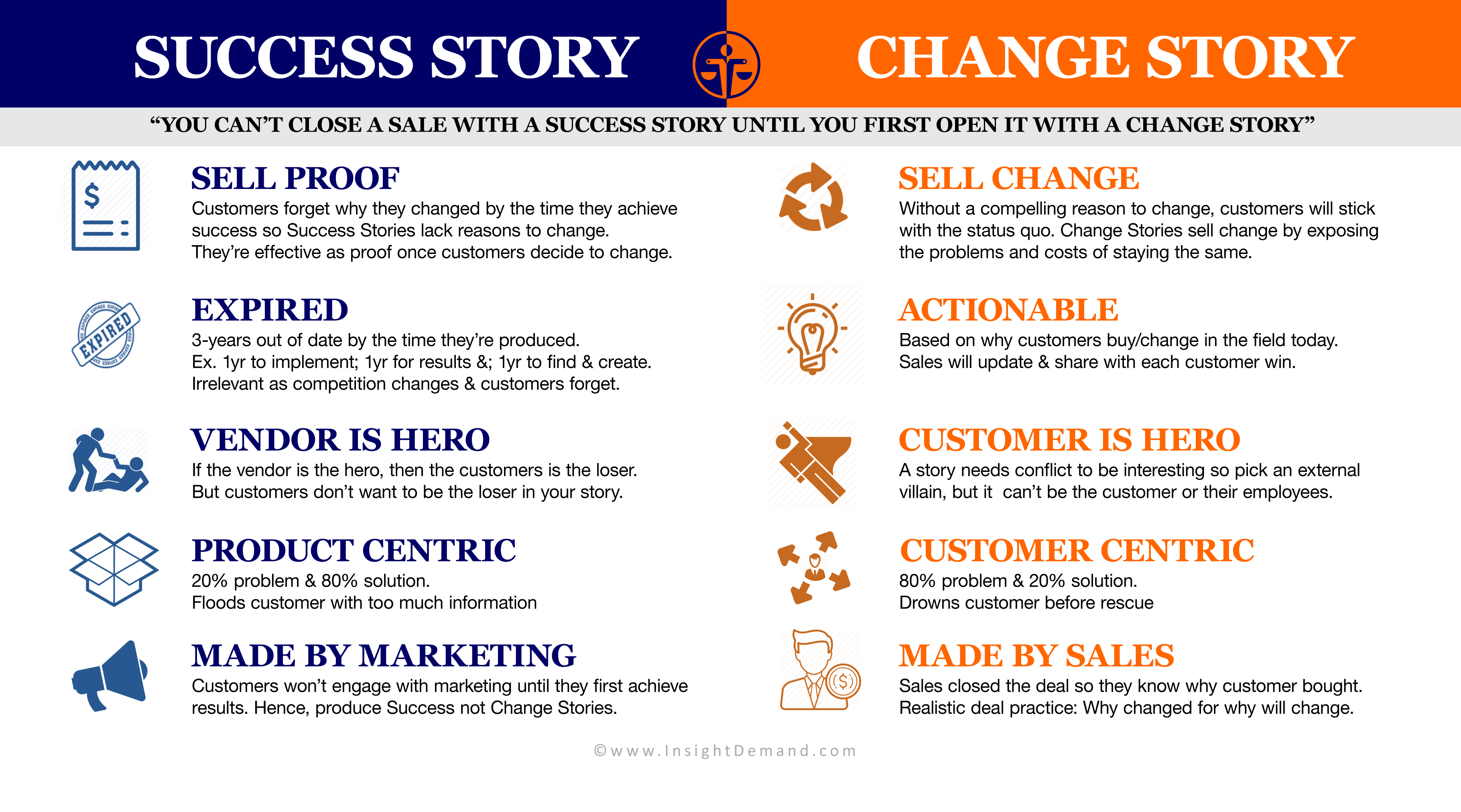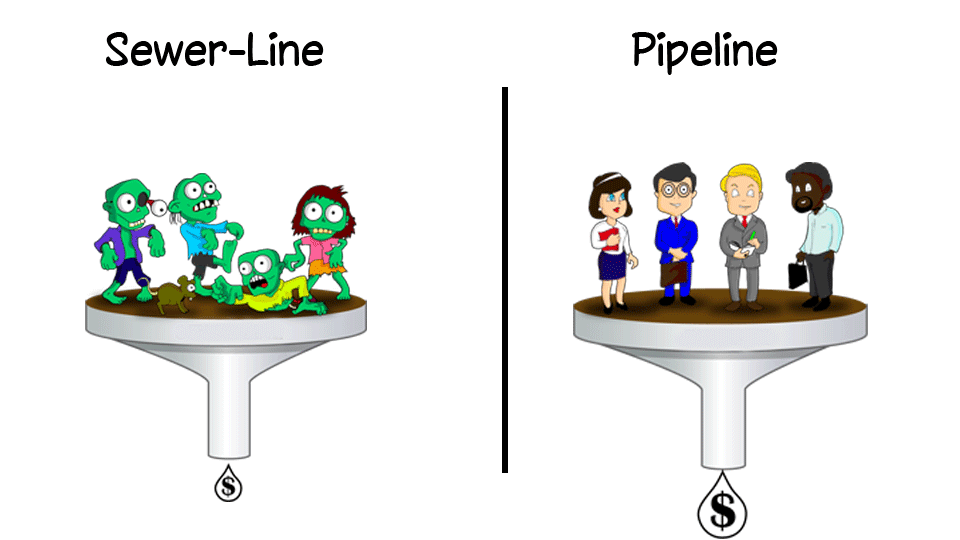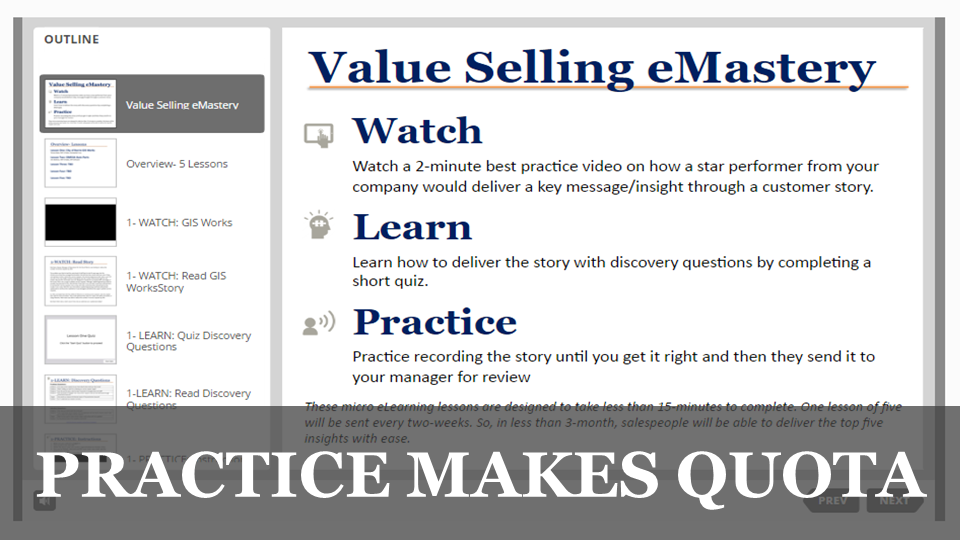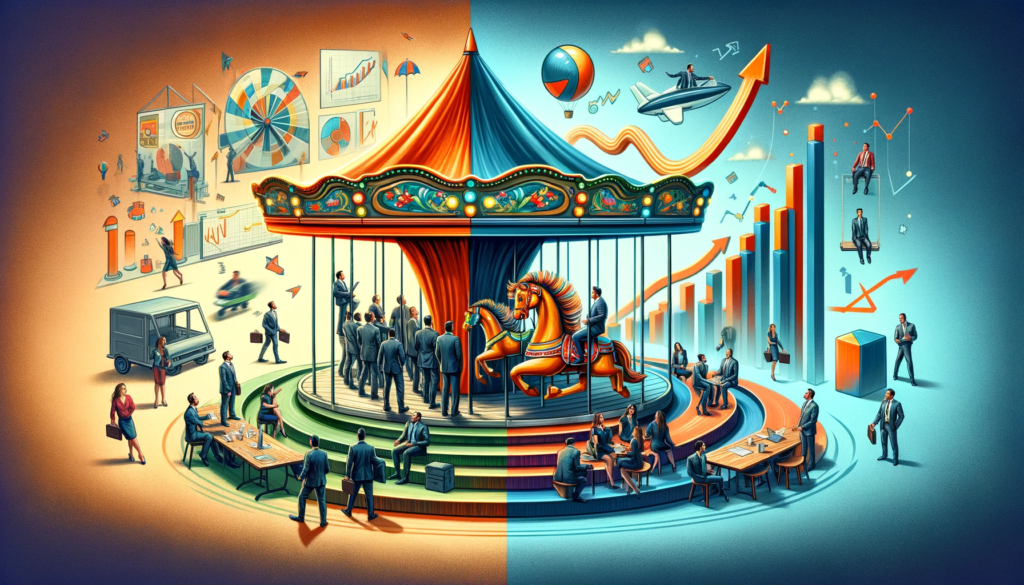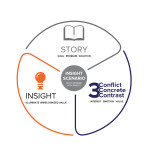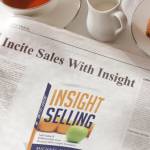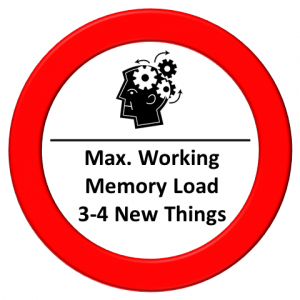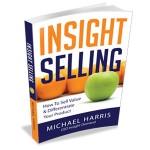
Can AI transform the role of salespeople, making them more effective and valuable? McKinsey & Company’s June 2023 report, ‘The economic potential of generative AI: The next productivity frontier,’ identifies Sales & Marketing as one of the top four sectors comprising up to 75% of the value generative AI can offer.
But what is the most impactful AI use case for sales professionals to increase their earnings? This question was the driving force behind my capstone project for the “Transform your Business with ChatGPT” course at Quantic School of Business & Technology (see Capstone Project link below).

